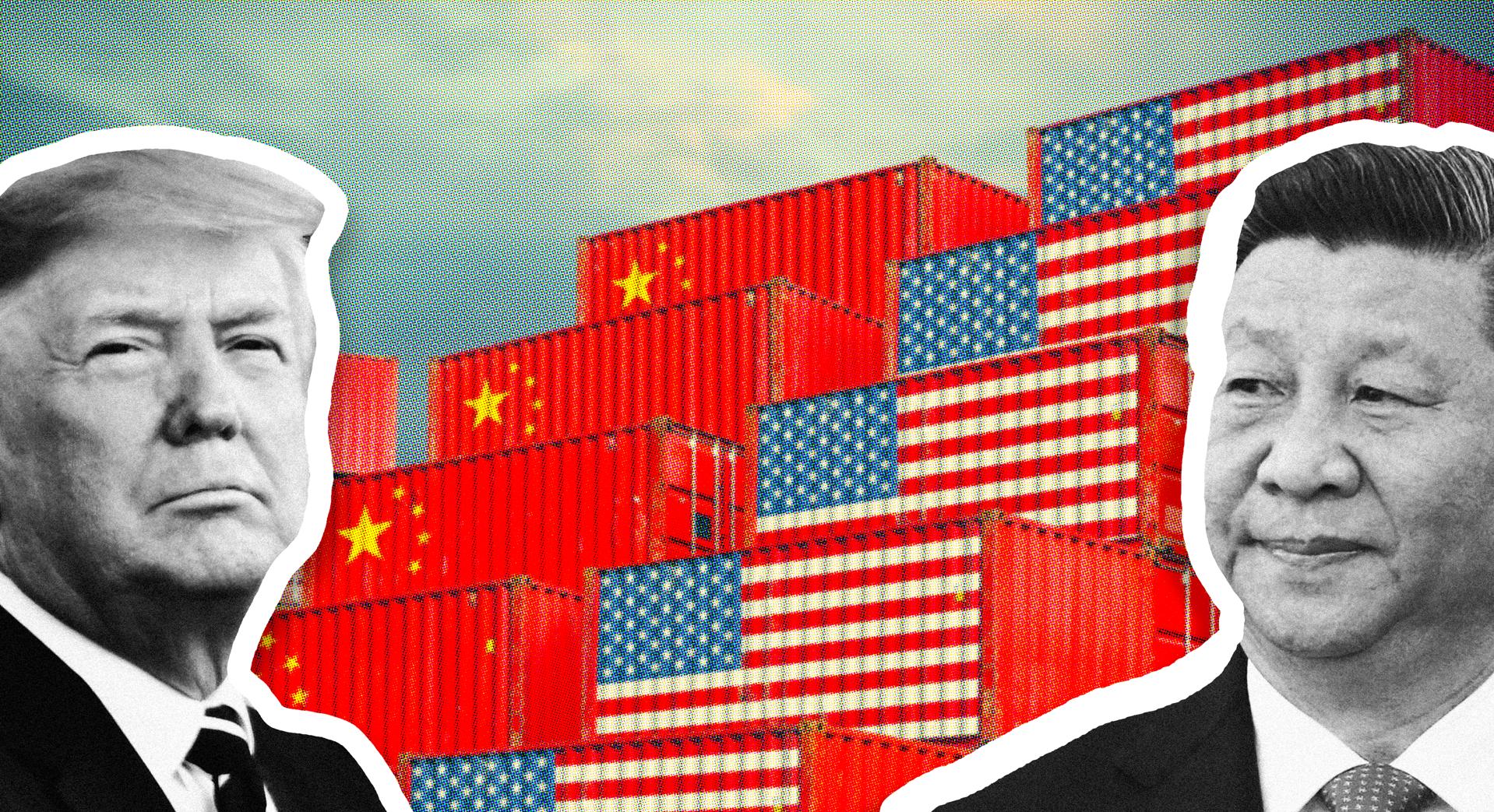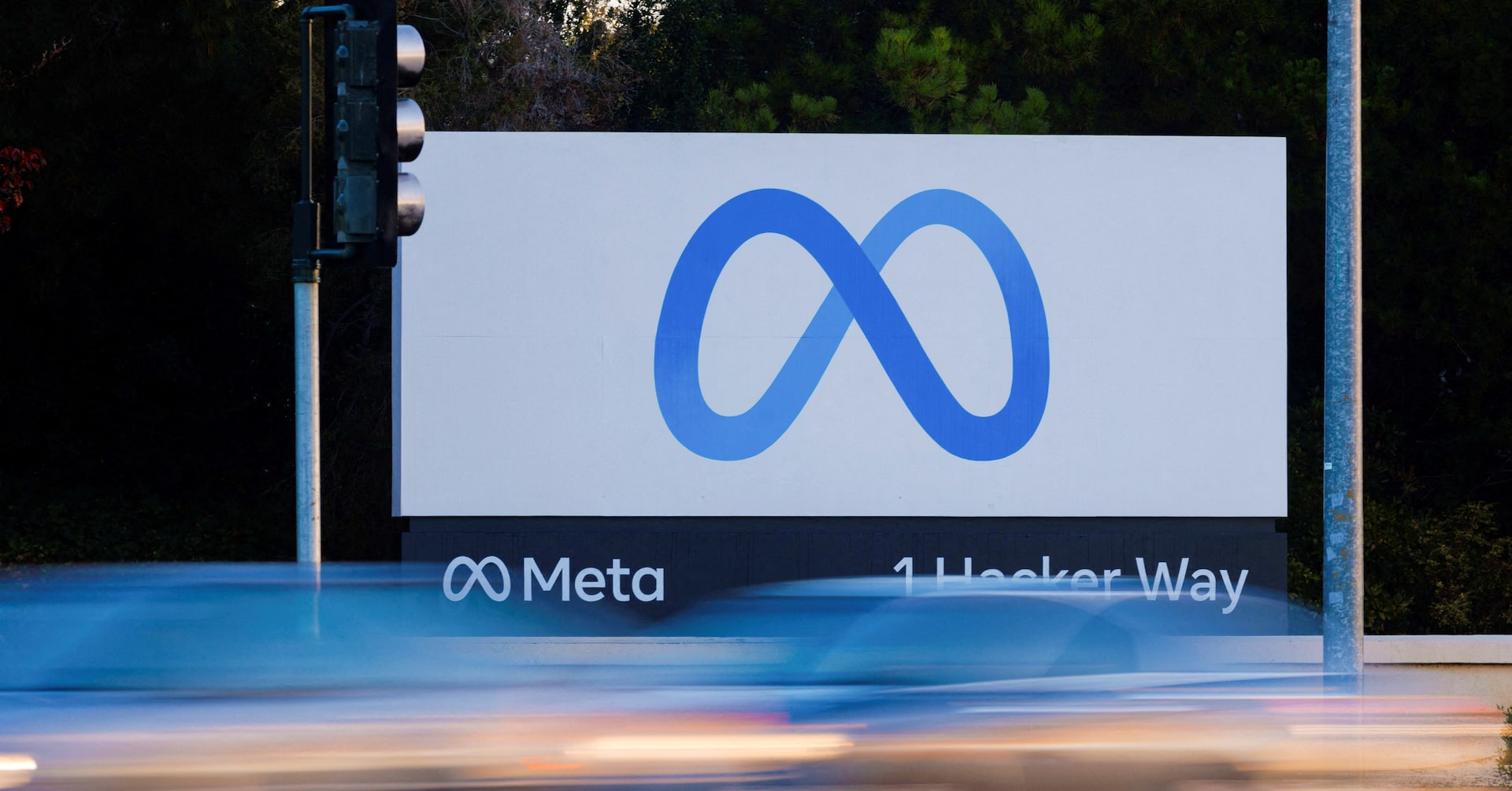Tariff Turbulence: How Trump's Trade War Reshaped The Tech Industry

Table of Contents
Increased Costs and Reduced Profit Margins
The imposition of tariffs created significant challenges for the tech industry, primarily impacting profitability and pricing.
Impact on Hardware Manufacturing
The tariffs, largely targeting goods imported from China, directly affected the cost of hardware components. This included crucial elements like memory chips, displays, and smartphones.
- Increased cost of imported components from China: Companies faced substantially higher import costs, eating into their profit margins.
- Companies forced to absorb costs or pass them onto consumers: Many tech companies attempted to absorb some of the increased costs, impacting their profitability. Others passed the increased expenses onto consumers, leading to higher prices for electronics.
- Shift in manufacturing to reduce reliance on tariff-affected regions: To mitigate the impact of tariffs, many companies began exploring and implementing strategies to diversify their manufacturing locations, shifting production away from tariff-affected regions like China to countries such as Vietnam, India, and Mexico. This involved significant investments in new facilities and supply chains.
Supply Chain Disruptions
The unpredictable and often rapidly changing nature of the tariffs created substantial uncertainty and disruption within established supply chains.
- Longer lead times for components: The shifting landscape forced companies to navigate complex new logistics and sourcing strategies, resulting in extended lead times for crucial components.
- Increased logistics costs: The complexity of navigating tariffs led to significantly increased logistics costs, adding another layer of expense for businesses.
- Search for alternative suppliers outside of tariff-affected regions: Companies actively sought out new suppliers in regions unaffected by tariffs, a process that was both time-consuming and costly. This reshuffling of global supply chains resulted in a significant period of adjustment for the industry.
Innovation and Investment Shifts
The tariff turbulence forced a reassessment of manufacturing and R&D strategies within the tech industry.
Focus on Domestic Manufacturing
The tariffs incentivized some companies to consider reshoring manufacturing operations back to the United States.
- Government incentives for domestic production: Government initiatives aimed at encouraging domestic manufacturing played a role in influencing some companies' decisions.
- Increased investment in automation and robotics: To remain competitive despite higher labor costs in the US compared to other regions, investment in automation and robotics increased significantly.
- Challenges in establishing cost-competitive domestic manufacturing: Despite incentives, establishing cost-competitive manufacturing within the US proved to be a significant challenge for many companies.
R&D and Technological Diversification
Companies actively sought ways to reduce their reliance on specific supply chains and technologies vulnerable to tariffs.
- Investment in domestic semiconductor research and development: Greater investment was directed towards domestic semiconductor research and development to reduce reliance on foreign suppliers.
- Development of alternative materials and manufacturing processes: Companies explored alternative materials and manufacturing processes to lessen their dependency on tariff-affected components.
- Exploration of new supply chain partners globally: The search for alternative supply chain partners led to a broader geographic diversification of sourcing, reducing reliance on any single region.
Geopolitical Realignments
The trade war had far-reaching geopolitical consequences, altering the global technological landscape.
Strained US-China Relations
The trade war significantly exacerbated existing tensions between the US and China, with substantial repercussions for the tech sector.
- Increased scrutiny of Chinese tech companies: Chinese tech companies faced heightened scrutiny and restrictions in the US market.
- Restrictions on technology transfers and intellectual property: Concerns over intellectual property theft led to stricter regulations on technology transfers between the US and China.
- Formation of technology alliances excluding Chinese firms: The trade war contributed to the formation of technological alliances that explicitly excluded Chinese firms.
Shifting Global Power Dynamics
The tariff turbulence accelerated the shift in global technological power, benefiting some nations while challenging others.
- Rise of alternative technology hubs like Vietnam and India: Countries like Vietnam and India experienced growth as companies sought alternative manufacturing locations.
- Impact on global competition and market share: The trade war reshaped global competition, impacting the market share of various tech companies.
- Re-evaluation of international trade agreements: The experience of the trade war led to a reevaluation of existing international trade agreements and a renewed focus on supply chain security.
Conclusion
The Trump administration's tariff turbulence left an undeniable mark on the tech industry. Increased costs, supply chain disruptions, and geopolitical realignments forced companies to adapt and innovate in unprecedented ways. While some companies thrived by strategically navigating these challenges, others faced significant setbacks. Understanding the lasting impacts of this period of tariff turbulence is crucial for navigating the complexities of the current global tech landscape. To delve deeper into the specific strategies companies employed and the lasting impact on various technological sectors, further research into the specific effects of tariff turbulence and its impact on global trade wars is recommended.

Featured Posts
-
 Ostapenko Stuns Swiatek Again Advances To Stuttgart Semifinals
May 13, 2025
Ostapenko Stuns Swiatek Again Advances To Stuttgart Semifinals
May 13, 2025 -
 Ny Traenare Foer Atalanta Analys Av Potentiella Kandidater
May 13, 2025
Ny Traenare Foer Atalanta Analys Av Potentiella Kandidater
May 13, 2025 -
 Oregon Tournament Deja Kellys Increased Leadership Role
May 13, 2025
Oregon Tournament Deja Kellys Increased Leadership Role
May 13, 2025 -
 The Ftcs Antitrust Claims Against Meta Analyzing The Whats App And Instagram Acquisitions
May 13, 2025
The Ftcs Antitrust Claims Against Meta Analyzing The Whats App And Instagram Acquisitions
May 13, 2025 -
 Local Health Department Issues Heat Advisory Due To Extreme Temperatures
May 13, 2025
Local Health Department Issues Heat Advisory Due To Extreme Temperatures
May 13, 2025
